Reviews
Alan Clarke
UK, 1989
Credits
Review by Rumsey Taylor
Posted on 30 October 2012
Source Blue Underground DVD
Categories 31 Days of Horror IX
The bulk of Alan Clarke’s Elephant is described in steadicam tracking shots, the very sort that are mainstays in horror films. Often they’ll trail a single figure as he’s en route to some unknown destination; others will lead another figure, pulling him forward in an uncomplicated assembly of anticipation. Aside from an instance of superfluous banter, there is no dialogue whatsoever. Each scenario occurs in some nonspecific urban location: warehouses bereft of activity, parking lots, decrepit gymnasiums, petrol stations, suburban townhouses. And each arrives at a sudden exclamation, as the figure we’ve heretofore followed is rendered either a victim or an assassin in a moment of unforeseeable and unemotional death.
This action occurs eighteen times, amounting to twenty deaths. This structure lends the film a certain jack-in-the-box suspense, and absent any context in which to situate the proceeding violence, Elephant becomes a horror film so pure and abstract that it’s superficially appreciable as an avant-garde exercise, one that depicts vengeance in a most unexploitative and ascetic form.
I must note that this reading of the film precludes the context from which Elephant derives, for it is so steeped in subtext that even cursory explorations into its making will yield its basis in fact. I will relay some of this context below, but it must be emphasized how effective the film is in a purely aesthetic sense. It is as formally accomplished as horror films come, and yet so emotionally moot and abstruse that it is yet still appalling—appalling because its violence is so sudden and essentially incomprehensible.
Alan Clarke had spent much of the 1980s producing his most internationally accessible work, all of it for British television: Scum, Made in Britain, and The Firm (which contain marvelous performances by Ray Winstone, Tim Roth, and Gary Oldman, respectively). These films all concern lower class thugs or juvenile derelicts, but the tone is more one of philanthropy than exploitation. The characters are borne of socioeconomic hardship, and the films they inhabit depict retaliations against this hardship. (It is in this sense that Clarke’s closest analogue is David Simon, whose work is also exclusive to television.)
Whereas both Made in Britain and The Firm contain brazenly outward performances that are measurably the forefront of each film, two of Clarke’s late films contain only subdued performances, and often center on characters as they nonverbally ruminate on the circumstances that entrap them. The most rarefied of these is Christine, an hour-long survey of a teenage girl who deals heroin to customers in an otherwise kempt suburb. Any dialogue is prosaic, and there is no real narrative arc, just a redundant and confrontational focus on the surly matter that is coincidentally a 16-year-old’s profession. The final shot composes her sullen, unaffected face as she turns on the television after getting high.
Christine frames its characters precisely from behind or perpendicularly as they traipse from house to house, in a manner that clearly foreshadows Elephant’s cinematographic staging. Much of the film is a depiction of transportation in this manner, making redundant and mundane the teen’s labor. The same describes Contact, which preceded Christine by two years. It is punctuated with sudden moments of violence that lend it an air of uncertain suspense. The patience and sparseness with which Clarke establishes the film, however, is the same.
Contact depicts a troupe of British militia in Northern Ireland, sent there to combat sectarian violence. The film begins without anything resembling a preface: the soldiers, about four of them flanking a commander, pull over a car and quickly subdue its occupants. Their job complete, the scene continues—they dart their heads around as if to locate some other trouble in their periphery. But there is nothing; instead, they continue on their mission described in tangible suspense.
In Contact there is no formal summation of who these soldiers are combating, only that they - dressed in camouflage fatigues and armed with enormous semiautomatic weapons - perceive a potential enemy in everyone they come upon. In a late scene, they scout a pair of cars on a rural road: both stop, emit a few dapper looking men who open the trunks and trade a plentiful array of rifles. The enemy confirmed, the soldiers snipe their targets, temporarily relieving their constant paranoia.
Both Contact and Elephant were produced in Northern Ireland, a location marred in untenable civil violence for many decades. This is referred to as “The Troubles,” iconically described by author Bernard MacLaverty as “the elephant in the room”—an observation that lends Elephant both its seemingly incongruous title and the clearest emblem in deciphering its intentions: that the troubles are omnipresent and impossible to parse. Where to begin in resolving a problem that has entirely infiltrated the host?
Any consideration of Elephant must extrapolate so much that it risks deviating from Clarke’s intentions. And as oblique as those intentions are, I am certain that Clarke made a film that dispenses with as much rhetoric as possible, a decidedly straightforward summary of violence with neither preface nor consequence. Most of the film is told in medium compositions that frame a character precisely in the center, but it is the closeups that reinforce Clarke’s disinterest in rhetoric: they frame a gun at the moment its magazine is emptied into the body of a single target only a matter of feet away. This is the very instrument of death, and it receives closer inspection than any other object or person in the film.
Each death in Elephant is held in a static composition for many moments, amounting to a gallery of all those who perish in the film. In and of themselves, these portraits deviate from the unembellished compositions that comprise the other portions of the film, and in their length they inherit an aspect of despair. It is in these moments that the momentum of the steadicam shots halt, pausing on a body and considering its placement. There is a man who appears to be a restauranteur, his head fallen atop some paperwork. In another, a younger fellow lies face down in a football field, where only moments before he was a part of a makeshift pickup game. These moments, each of them an abrupt and decided departure from the breakneck pace in which some of the sequences are told, are still and solemn, ennobling their subjects without discrimination.
More 31 Days of Horror IX
-
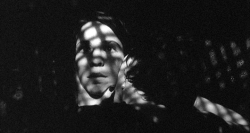
The Addiction
1995 -
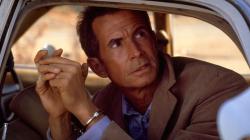
Psycho III
1986 -
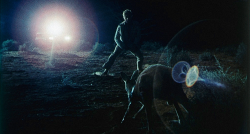
Wake in Fright
1971 -
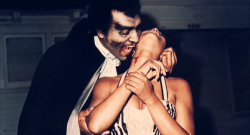
Blacula
1972 -
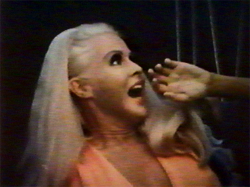
Big Foot
1970 -
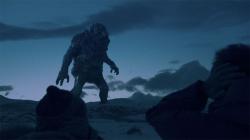
Trollhunter
2010 -
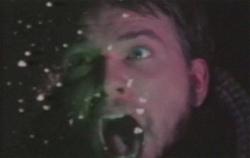
Invasion from Inner Earth
1974 -
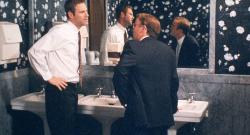
In the Company of Men
1997 -
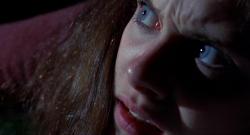
Happy Birthday to Me
1981 -
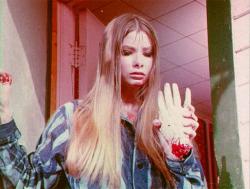
I Drink Your Blood
1970 -
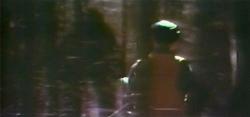
The Legend of Boggy Creek
1972 -
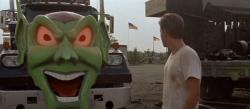
Maximum Overdrive
1986 -
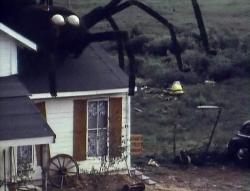
The Giant Spider Invasion
1975 -
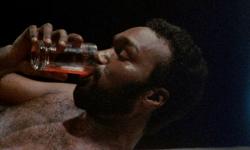
Ganja & Hess
1973 -
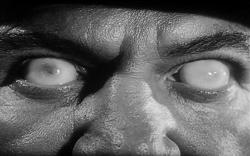
Not of This Earth
1957 -
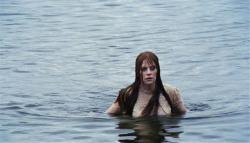
Let’s Scare Jessica to Death
1971 -
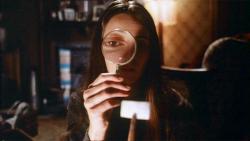
Next of Kin
1982 -
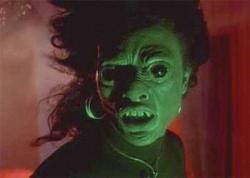
Def by Temptation
1990 -
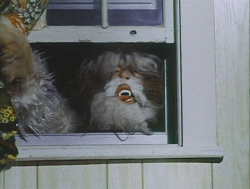
Shriek of the Mutilated
1974 -
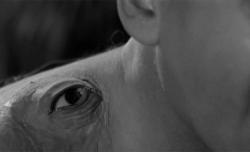
The Manster
1959 -
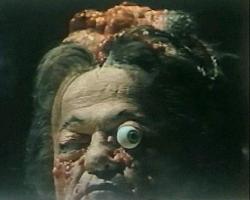
The Alpha Incident
1978 -
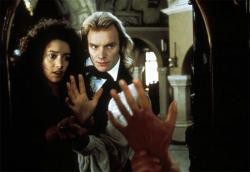
The Bride
1985 -
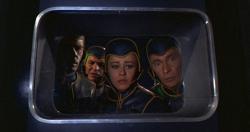
Planet of the Vampires
1965 -
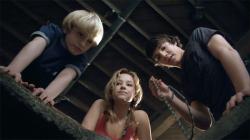
The Hole
2009 -
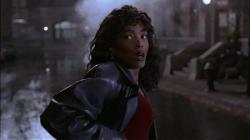
Vampire in Brooklyn
1995 -
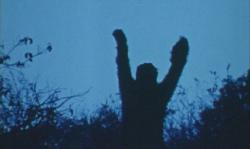
Sasquatch: the Legend of Bigfoot
1977 -
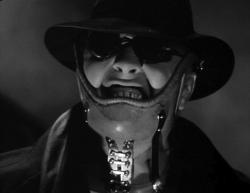
Mad Love
1935 -
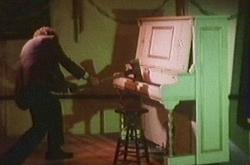
The Demons of Ludlow
1983 -

Habit
1997 -

Elephant
1989 -
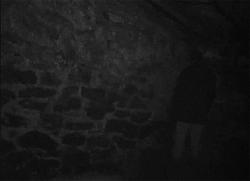
The Blair Witch Project
1999
We don’t do comments anymore, but you may contact us here or find us on Twitter or Facebook.



